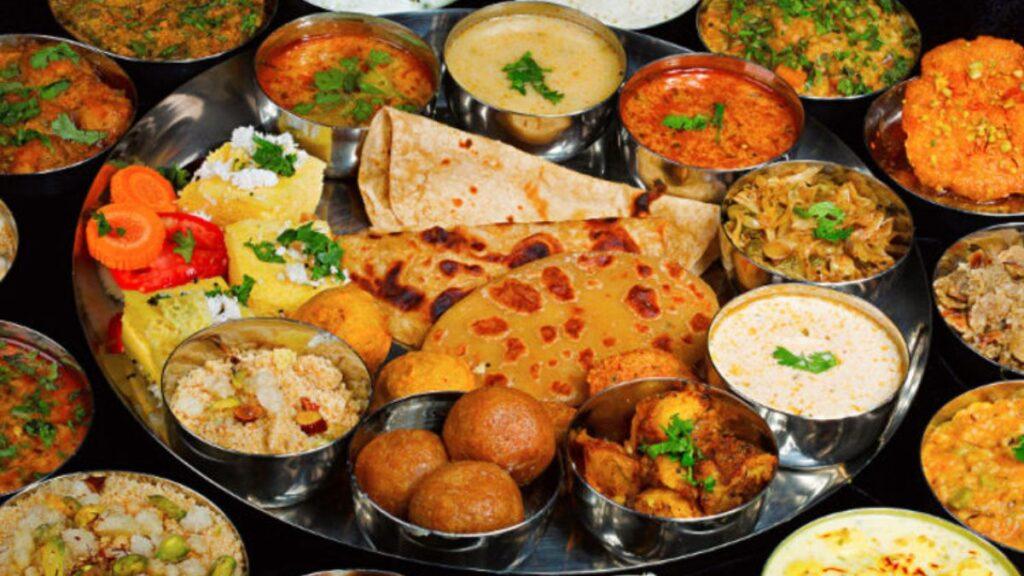Vegetarian thali in India has become more expensive than non-vegetarian thali | CRISIL

In April, the cost of a veg thali surpassed the cost of non-veg thali in India
In April, the average cost of a home-cooked chicken thali remained lower than that of a vegetarian thali, contrary to popular belief. If you prefer the taste of chicken over daal, you paid less the previous month due to lower poultry prices, as well as an increase in onion, potato, and tomato prices, according to Crisil’s monthly food plate cost indicator, The Roti Rice Rate.
The average cost of preparing a thali at home is calculated using input prices from northern, southern, eastern, and western India. The monthly change reflects the impact on the average person’s expenditure. The data also reveals the ingredients (cereals, pulses, broilers, vegetables, spices, edible oil, and cooking gas) that are driving the change in thali prices.
According to CRISIL MI&A Research estimates, the cost of home-cooked non-veg thali fell by 4% in April, while veg thali increased by 8% year on year. The cost of non-veg thali fell due to a 12% year-on-year drop in broiler prices from the previous fiscal year’s high base. Broiler poultry accounts for 50% of the non-vegetarian thali cost.
Meanwhile, cumin, chilli, and vegetable oil prices fell by 40%, 31%, and 10%, respectively, preventing further increases in thali costs.
Furthermore, month after month, the cost of veg thali remained stable, while non-veg thali prices increased by 3 percent. Veg thali remained flat month on month due to a 4% decrease in onion prices due to new arrivals, combined with a 3% decrease in fuel costs, while tomato and potato prices increased slightly.
ALSO READ | Which cookware is the healthiest for cooking and storing food, ICMR has the answer
However, the cost of non-veg thali has risen due to an estimated 4% increase in broiler prices as a result of increased demand and rising input costs.
Pushan Sharma, Director of Research at CRISIL Market Intelligence and Analytics, stated, “Since November 2023, the prices of vegetarian and non-vegetarian thalis have been diverging. The vegetarian thali has increased in price year after year, while the non-vegetarian thali has decreased. This is primarily due to declining broiler prices, while prices for vegetables such as onions, potatoes, and tomatoes have risen from a low base. Going forward, we anticipate that vegetable prices will remain firm, though a drop in wheat and pulse prices will provide some relief.”
During the previous month, March, the cost of non-veg thali fell by 7%, while the cost of vegetarian thali increased by 7%.









